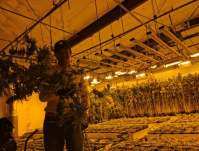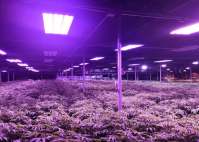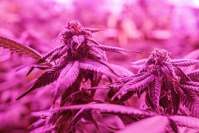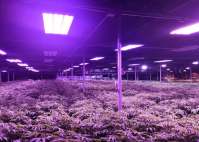The intensity of photosynthesis of any kind of crop is closely related to the intensity of light. The photosynthetic intensity changes with the trend of light intensity, but when the light is increased to a certain degree, the photosynthetic intensity is no longer added, and the light intensity at this time is the full point of photosynthesis. When the light is weakened to a certain limit, the photosynthetic intensity cannot be measured (the photosynthetic intensity and the respiratory intensity are exactly the same, the ratio is 1), and the light intensity at this time is called the photosynthetic light compensation point.
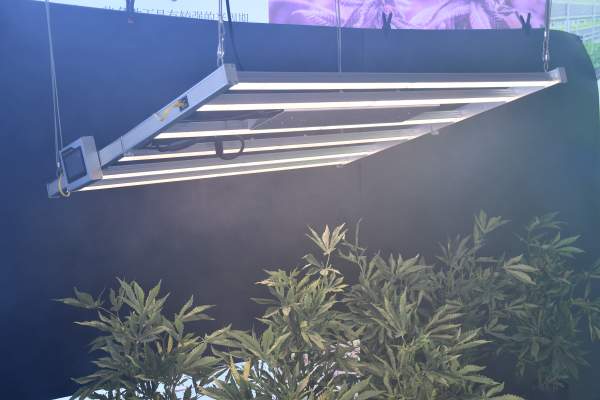
The light saturation point and light compensation point of plants vary with crop varieties and cultivation conditions. Some negative plants reach fullness in less than 10,000 lux, while positive plants need tens of thousands of lux to reach fullness. Some four-carbon (C-port plants) are often not fully full when exposed to direct sunlight at noon (about one hundred thousand lux). Generally, the light-full point of three-carbon (Ca) plants is lower than that of four-carbon (C,) plants.
If plants are growing because of the lack of sunlight in the environment, for example, they are cultivated in basements and balconies. Artificial light is required to replace sunlight to supply the energy required for photosynthesis for plant growth. The light intensity of the required light source must reach the light compensation point required by the cultivated plant to grow normally.
Below the light compensation point, the plant grows extravagantly and may grow slowly; above the light full point, the photosynthetic rate is no longer increased, presenting a scene of light suppression, causing light energy to be spoiled. The light intensity is between the light full point and the light compensation point. The use of led plant growth lights to grow fruits and vegetables can promote plant photosynthesis, shorten the growth cycle, and go to market faster, and the yield of crops has also increased, and the fruit will be improved. Taste, sweetness, quality and appearance.
There are 2 factors for low light intensity:
1. The luminous intensity of the lamp itself is low, and the solution needs to replace the lamp, or add a lamp;
2. The luminous intensity of the lamp itself is high, but the distance between the lamps is too high, so that when the light intensity reaches the surface of the leaves, it is lower than the light compensation point of the plant. The solution is to lower the height of the luminaire.
LED grow lights control photoperiod
Plants, like humans, also need time to rest. Long-term supplementary light does not have a good effect on the growth of plants. Plants are just like people’s work and rest time. This is the photoperiod of plants.
If it is not affected by people in the natural environment, then each plant adapts to the natural environment to form its own photoperiod and survives in this uncontrollable natural environment. But if it is an artificial cultivation environment with LED grow lights, we can control the photoperiod of plants by adjusting the spectrum of LED grow lights.
LED grow lights control light intensity
The light intensity will affect plant cell proliferation and the differentiation of seedlings, buds and roots, and indirectly affect the growth of plants. Different light intensities correspond to the various stages of plant growth. In the early stage of plant growth, too much light is not required to meet the growth of plants. As the plants grow, the light intensity should be increased appropriately, which is very important for the healthy and neat degree of the seedlings. When the plants bloom and bear fruit, the LED grow lighting directly affects the flowering period and fruit setting rate, and also determines the plant’s Yield and quality.
LED grow lights control light quality
The quality of LED grow light is mainly the choice of lamp beads. LED grow lights generally have red light beads, blue light beads, white light beads and full-spectrum lamp beads. Numerous experiments by scientists have proved that the light needed for plant growth is red light. As with blue light, most users choose red and blue light beads, but there are not only plants that need red and blue light, so when choosing light beads, you need to customize the light beads according to the light quality required for the growth of the plant.
Through the control and adjustment of the LED grow light, the plant can be better filled with light, and the light compensation point required for the growth of the plant can be reached.


